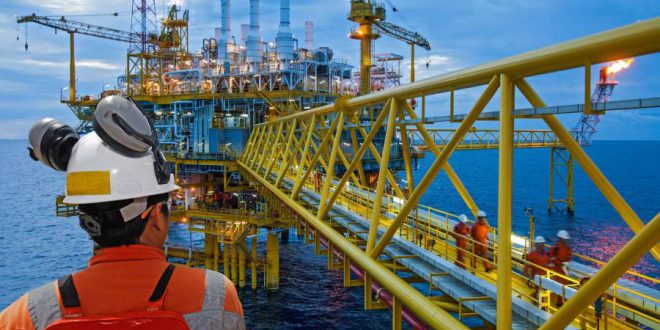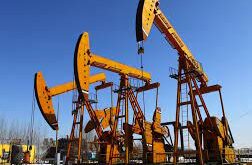Oil majors will spend US$208 billion on offshore drilling and other oilfield services this year. but not all sector players are positioned to benefit from the higher spending. Bloomberg reported last week. citing Rystad Energy’s head of oilfield service research. Audun Martinsen.
Bigger oilfield service providers. unsurprisingly. would have a better chance at making the most of the recovery in offshore drilling. especially those with expertise in deepwater projects. according to Martinsen. among them UK-based TechnipFMC and Subsea 7.
All in all. Martinsen told Bloomberg that Big Oil will probably approve about 110 offshore projects this year. up from 96 last year and 43 in 2016. That’s also slightly more specific than what Rystad forecast for offshore oil in a December report. What the forecast suggests is that optimism remains robust despite the oil price drop in the last quarter of 2018.
Thanks to this optimism and relatively high prices. there is good news for the oilfield services sector. too. “The offshore service market is like a super tanker: It takes time to accelerate. The uptick in new projects in 2017. 2018 and now 2019 will be enough to turn revenue growth positive to mid-single digits as offshore capex is set to increase due to the recent years of capital commitments. And on top of that comes expected increase in operating expenses.“ Martinsen said in the December report.
The industry itself is cautious about the immediate future. “With oil prices trading below $60 bbl. there continues to be some uncertainty on 2019 E&.P spending. particularly offshore.“ according to the chief executive of a Norwegian oilfield surveyor firm TGS Nopec Geophysical. as quoted by Bloomberg.
What’s more. there is still surplus offshore drilling and exploration capacity. One Wood Mackenzie analyst told Bloomberg that despite a moderate increase in demand for drilling vessels this year. some 30 percent of deepwater rigs may remain idled this year. That’s 5 percentage points down from the number of rigs idled in 2018. but still quite a lot of capacity.
Judging by these expectations and projections. the recovery of the oilfield services sector will continue at a rate much slower than the exploration and production industry. Companies with greater exposure to the Middle East would benefit from the rise in offshore investment there. with Rystad expecting 30 percent of all new projects to be approved this year to be in this region. with another 25 percent in South America and 15 percent in Africa and Asia combined. The remainder of new offshore projects will be in Europe and North America combined. Rystad said.
That should be good news for oilfield service providers focused on the United States. but a Reuters report from December has suggested they are facing challenges as well. U.S. oil producers. the report said. are still trying to do more with less. which has affected negatively oilfield service providers’ bottom lines despite the stable increase in production. Fewer frack crews and fewer rigs are in the plans of several companies for this year–what’s more. they are unwilling to pay more for the crews. rigs. and other equipment they plan to use this year. And. not to put too fine a point on it. offshore drilling in the U.S. is even slower to recover than elsewhere.
These trends suggest growing consolidation in a sector already pummeled by the 2014 oil price crisis. Apparently. the recovery we saw a couple of years back when oil prices started climbing and producers–chiefly in the United States–started boosting production again. was temporary. or at least uneven.
 Iran Energy News Oil, Gas, Petrochemical and Energy Field Specialized Channel
Iran Energy News Oil, Gas, Petrochemical and Energy Field Specialized Channel




